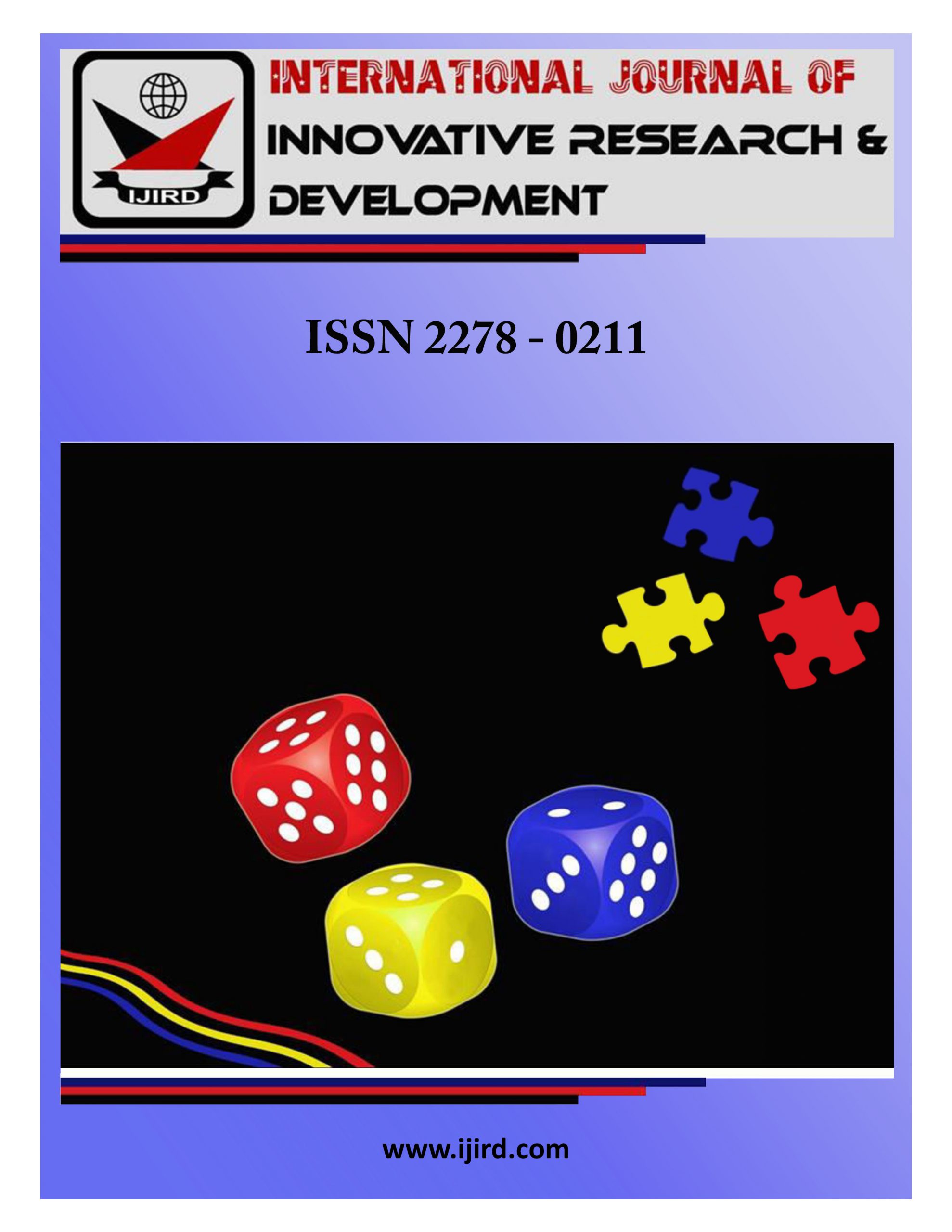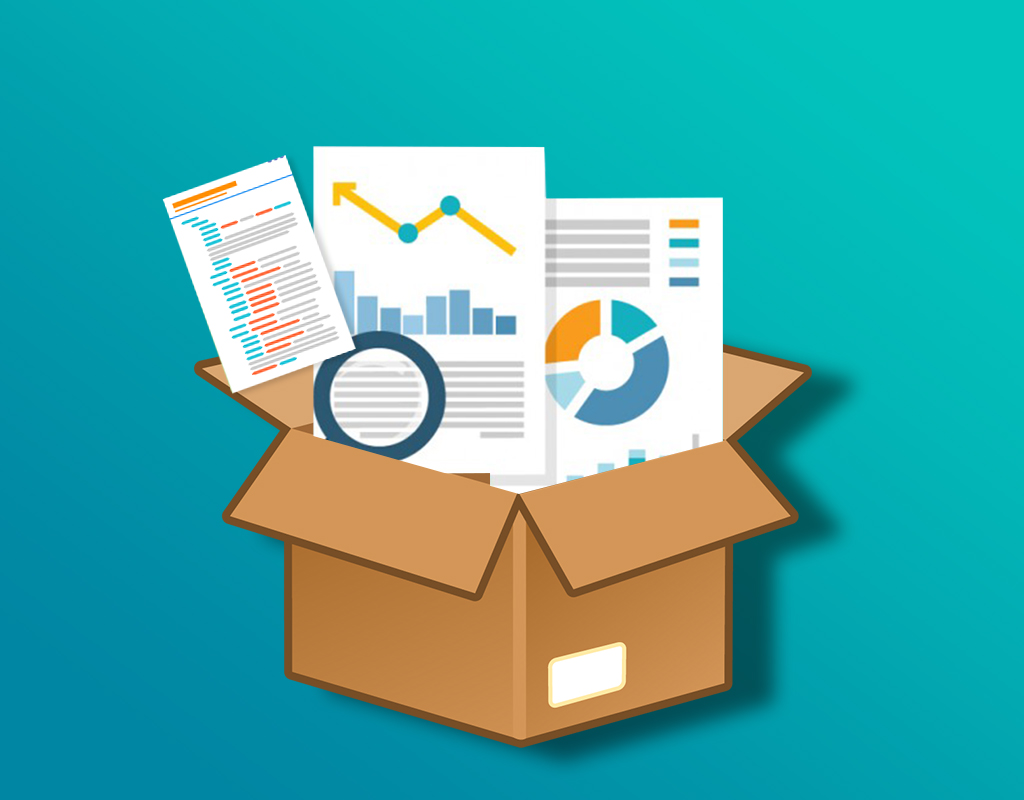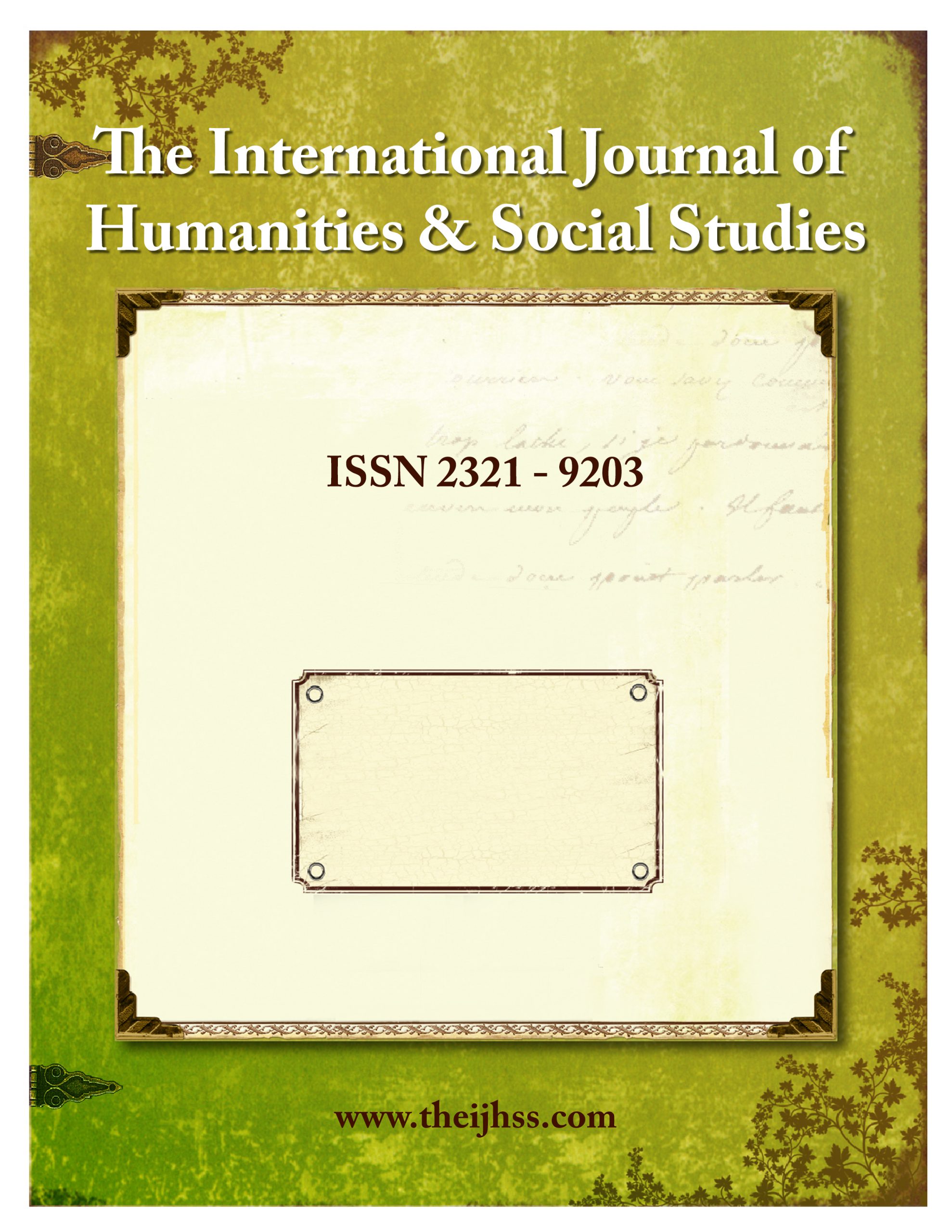Research has evolved over time and so has writing. Today there is more scope to engage in open source projects as independent researchers and also make submissions to open access journals where knowledge and hard work are valued more than affiliation. Therefore, scientists and researchers have more scope of publishing their work today, learning from collaborative efforts, than they had earlier. So, also, they have access to more data and information over the internet, which they don’t have to collect with sampling, but its already done for them. Open source data is available all over the internet for free use and reuse and promotion of research and scientific work. This is the data which scientists and academicians can easily use for their open access thesis publication.
Several initiatives and organizations like Google share huge datasets for preservation and distribution of knowledge so that scientists and researchers can use this data for furthering their work. Also, because they want to organize world’s data for global benefit. Additionally, Google also wants their future employees to know their systems beforehand. Similarly, several other organizations and also national Governments share pre-organized data for free use and distribution for different purposes. This is called open data which has made research work much easier than it was earlier. These data are especially important if a research has to be conducted from home, like in a scenario similar to COVID 19.
But there are several challenges associated with using this open source data. Firstly, it isn’t so simple to find all that open access data for your thesis publication, especially, if it is given by Government. Governments keep changing their data for modifications and enhancements, so new links and sites are introduced time and again that it becomes difficult to locate this information. Moreover, fluctuating data is unreliable because in order to establish a trend as general, a researcher requires at least 5 years’ information and these open source data stays the same no longer than 3 years. So the issue of consistency always appears while using open data.
So what are the measures you can take to use open source data?
Remove the data errors- Open data has very common errors like duplication, missing information, etc. It is easy to fix them with simple technologies no matter what software you are using for your project. You need to fix the errors to make the data reliable, but it is time consuming because of scanning and skimming.
Don’t look for project focused data- It is important to understand that no data available for open access, will be focused to your topic of thesis publication. So find what is available and then make it applicable to your research by modifying the research question or hypothesis to suit your purposes. If you keep looking for accurate data, you will keep looking and there will be no appropriation in any of it.
Choose only that is applicable to your work- The data rich environment on the internet has millions of sets some of which may be useless and extra noise. You have to carefully select the ones which are valuable through skimming.
Credit sources rightly- Copyright issues can come up while using open source data, even though they are for free use. Copyright claims with open data are dealt with by Creative Common licenses or one of GNU General Public Licenses.Employing best practices in the field of open research or conventional research while using open data, can generate new knowledge and circulate existing knowledge which promotes positive social change for the whole world.
Following the above lines can make the usage of open data pleasurable and beneficial for your research design.










